DynaScan Blog
Posted on September 6, 2023 by Scott Pickus
Celebrating 25 Years of Display Ingenuity at DynaScan
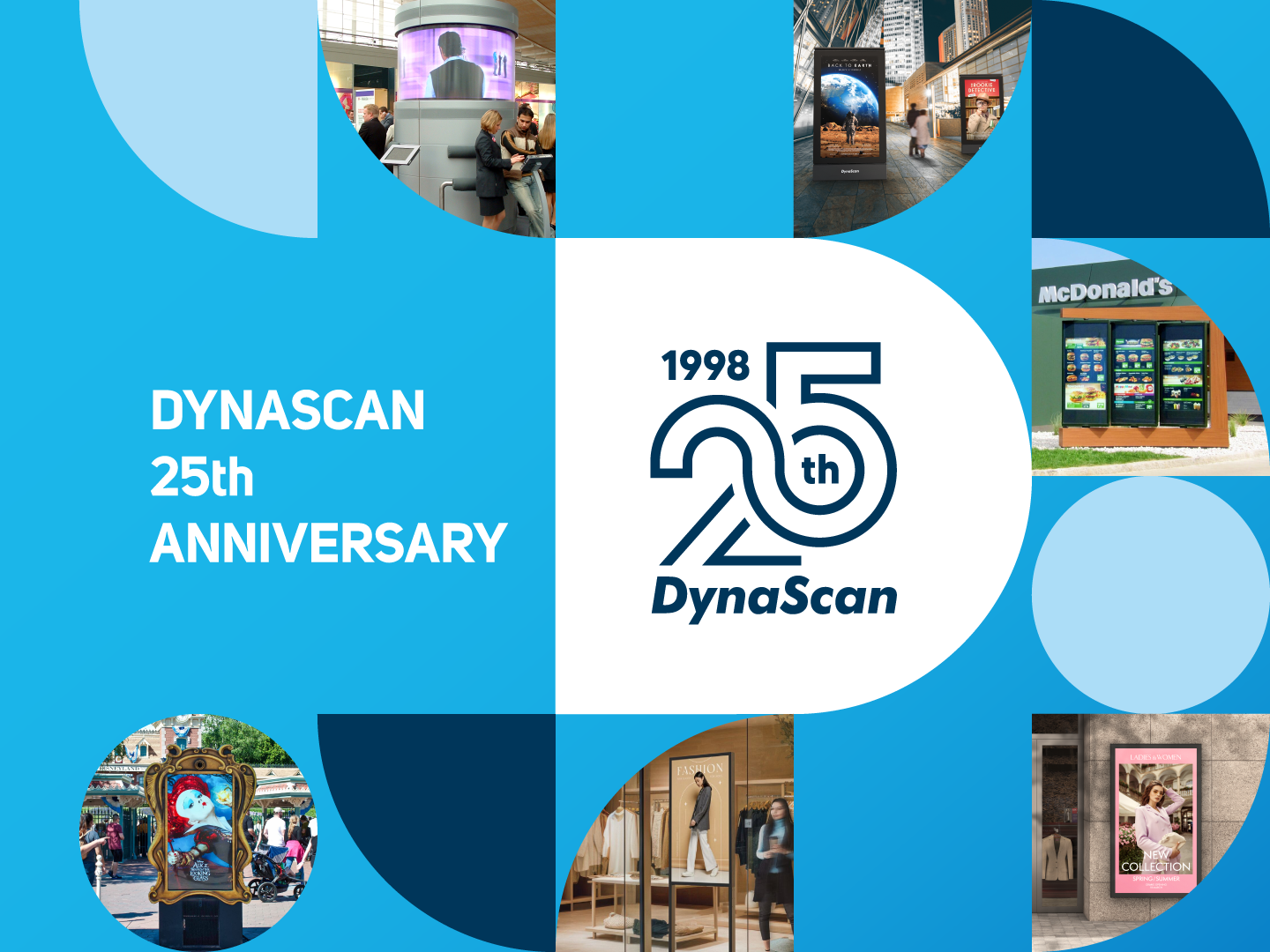
This year marks DynaScan Technology’s 25th anniversary. Since its founding in 1998, the company has undergone a remarkable evolution, consistently pushing the boundaries of what’s possible in display technology.
As we reflect on the past 25 years, it is evident that DynaScan’s unwavering focus on delivering cutting-edge premium visual solutions has shaped both the trajectory of the industry and defined DynaScan as the driving force for innovation in the field.
BRIGHT BEGINNINGS
In the late 1990s, Dr. Frank Wang—a world-recognized authority in the science of photonics—conceived a 360-degree LED display. Inspired by the red and blue poles outside barbershops, he applied a concept known as “persistence of vision” to LEDs spinning around the surface of a cylinder to create a full-motion video viewable from all directions.
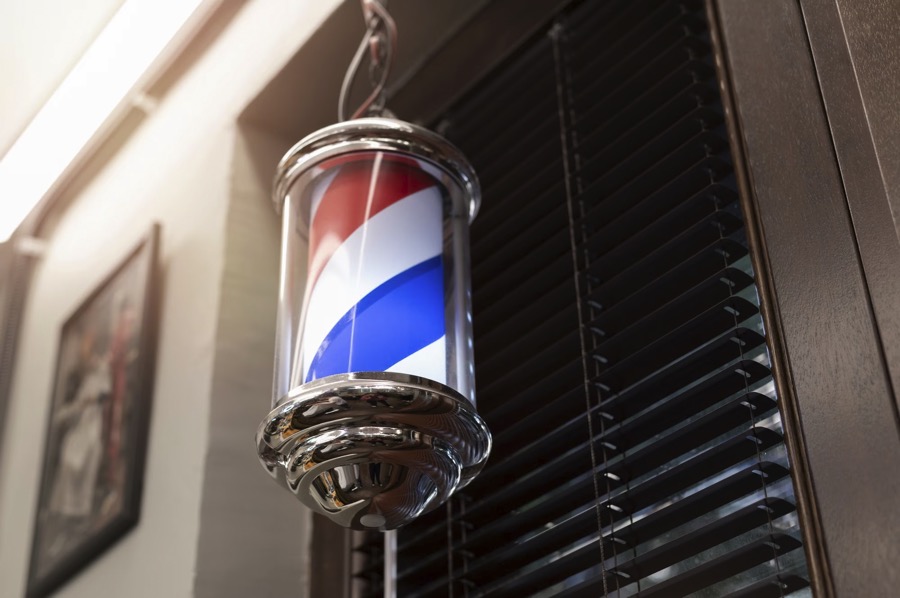
During that period, the availability of full-color LED displays was limited to those featuring larger pixel pitches, referring to the physical separation between adjacent pixels.
Wang’s pioneering work introduced a groundbreaking advancement by ingeniously employing arrays of spinning LEDs. This inventive approach remarkably achieved a virtual pixel pitch as small as 2 mm—an achievement that remained a formidable challenge for conventional LED display manufacturers for decades to come.
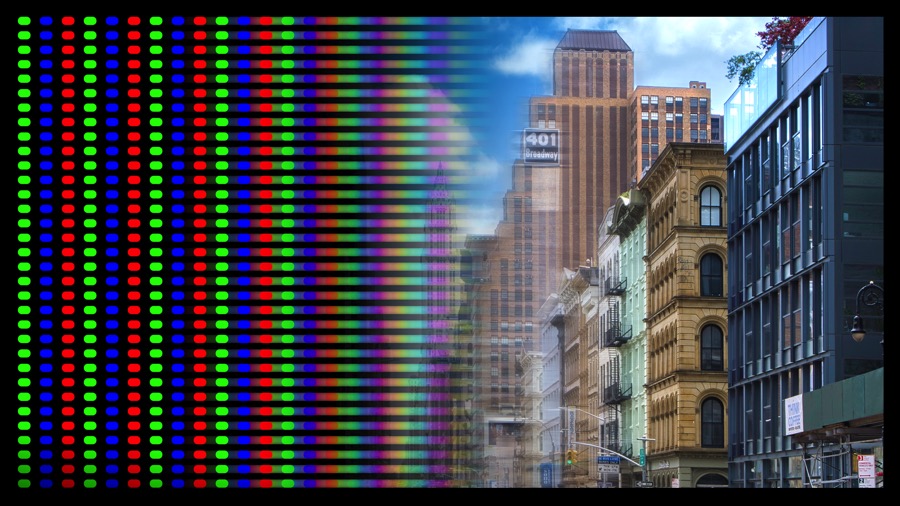
Not only did the smaller pixel pitch produce a much higher resolution image than what was available at the time, but it also reduced the number of LEDs needed to produce an image, yielding significant cost benefits within the manufacturing process. While this display concept would seem easy to achieve, producing such a display required a remarkable degree of engineering that remained beyond the reach of others.
Wang’s technology caught the attention of Chroma ATE, a prominent global provider renowned for its precision test and measurement instruments, particularly in the domain of video and color measurement devices for the LED and LCD manufacturing sectors. Recognizing the transformative potential of Wang’s innovative spinning LED concept, Chroma ATE launched a significant investment initiative that played an instrumental role in the genesis of a brand-new entity: DynaScan.
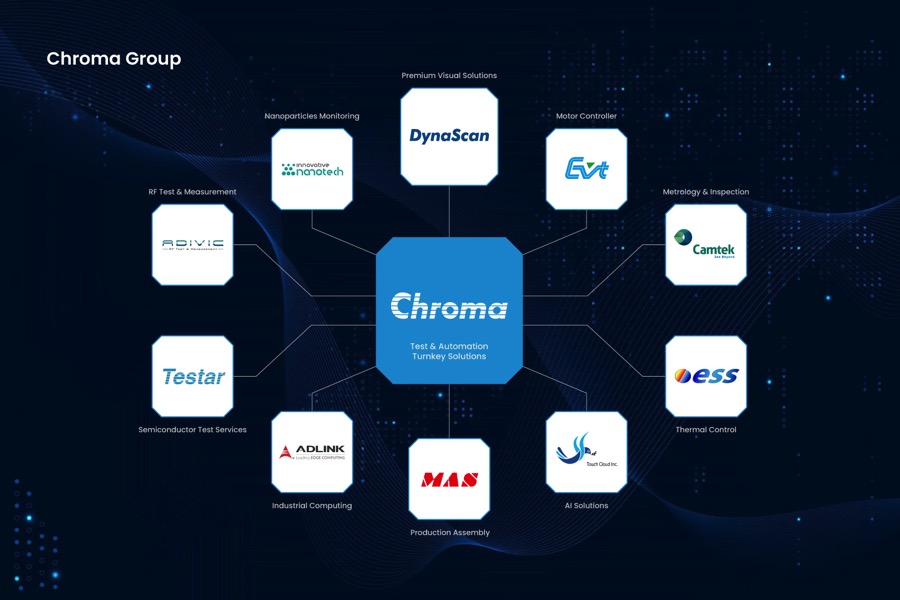
Besides the financial benefit to the newly formed company, Chroma’s direction infused a spirit of high standards in research and design, product development, and manufacturing standards that have long been a part of the group’s corporate DNA. The investment also created a synergy between DynaScan and other Chroma divisions, allowing it to integrate advanced technologies into its display products.
A “360-DEGREE VISUAL EXTRAVAGANZA”
In 1998, DynaScan introduced the world’s first 360-degree spinning LED video display to the market. Measuring 2 meters wide, the DS2012 offered a pixel pitch of 2.2 mm—far finer than any other LED display on the market—and offered an attractive, high-contrast, high-bright, and high-resolution alternative to conventional two-dimensional displays.
The displays captivated audiences and were widely adopted for use in advertising, branding, and public information in venues such as shopping centers, retail stores, parking lots, gas stations, outdoor plazas, theme parks, and transportation stations.
DynaScan would soon go on to design and develop a variety of sizes and shapes—over a dozen different models for both indoor and outdoor environments—supplying display solutions for companies like Universal Studios, Ford Automotive, and McDonald’s, as well as live events such as the Super Bowl, ESPN X-Games, and Emmy Awards.
In 2003, DynaScan opened its first international facility. The new location in Irvine, California, USA, became the central hub of all sales, marketing, and service operations for the western hemisphere. It also served to build the DynaScan brand and product portfolio by engaging the needs of the local market.
By 2006, DynaScan had quickly grown and opened a new office in the Netherlands to support sales and service throughout Europe. The expansion reduced lead times for European customers and positioned DynaScan as a global entity capable of offering continuous and personalized support around the clock.
DynaScan continues to grow to this day and has since established sites in the United Kingdom, Germany, China, and Japan. In addition to these core offices, DynaScan has undertaken the strategic initiative of setting up an extensive network of distribution channels in other key regions.
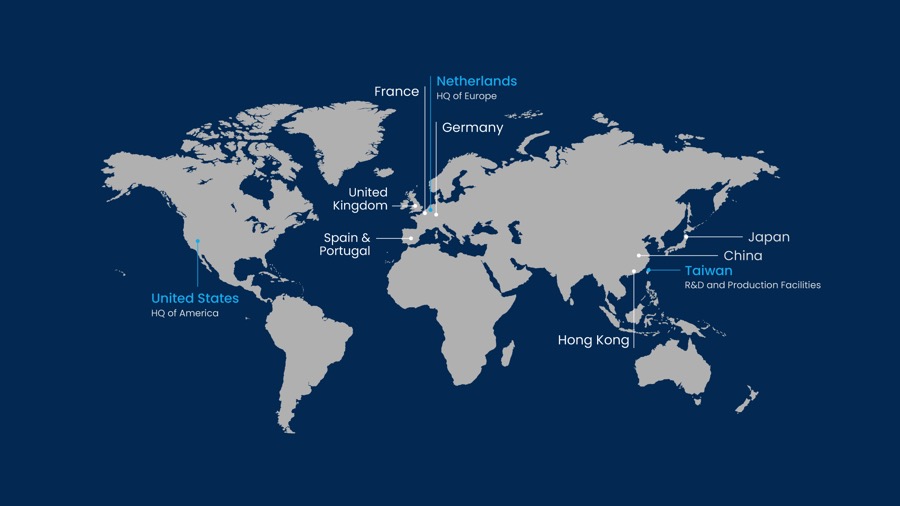
BUILDING A BETTER BACKLIGHT
Building on its expertise in LED display technology, DynaScan’s research and development team embarked on a journey to develop new forms of backlighting using high-brightness LEDs in tandem with proprietary light guide systems. At the time, cold cathode fluorescent lamp (CCFL) backlights were commonly used to illuminate liquid crystal displays (LCDs).
The challenge was (and still is) to design a system that can generate extremely high levels of illumination while preventing undue strain on the LED backlight, by overdriving it, to maintain a prolonged lifetime. Power consumption was also a concern, and needed to be kept to a minimum, as was the ability to dissipate heat generated by the display.
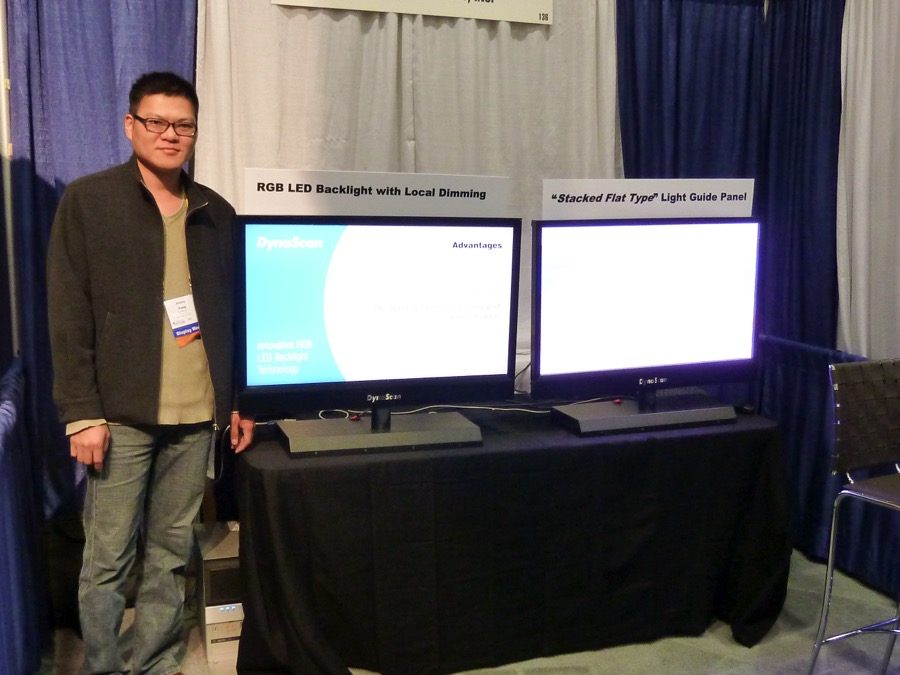
DynaScan introduced its newly patented RGB LED backlight module at the 2010 SID (Society of Information Display) International Exhibition. The stacked flat-type light guide panels combined the benefits of slim edge-lit LED backlights and the local dimming feature of a direct-lit LED backlight. Applied independently or utilized together, each innovative technology offered clear advantages over existing backlight designs at the time.
Initially, DynaScan sought to license the patented backlight technology to display manufacturers, however, this new development would eventually evolve into an entirely new product category for DynaScan—one that would change the course of the company, and digital signage, in a very bright way.
THE BIRTH OF THE ULTRA-HIGH BRIGHTNESS LCD
By 2011, LCDs were becoming commonplace in the digital signage world. LCDs could be found in retail stores and behind quick-service restaurant (QSR) counters, however, there were many limiting factors. Many businesses were adopting the same off-the-shelf displays that were commonplace in living rooms around the world. These consumer displays were grappling with challenges stemming from their non-stop operation. It became evident that the standard consumer-grade televisions were not inherently suited for the rigors of continuous use.
More importantly, however, these types of displays were not bright enough to be seen in environments such as storefront windows and outdoor enclosures. Images were dim, and direct sunlight would often cause the screen to turn entirely black from a heat-related condition known as an isotropic failure.
DynaScan saw a unique opportunity to leverage its new backlight technology to address these challenges and developed one of the world’s first “ultra-high brightness” monitors specifically designed to be used in direct sunlight.
One of the first of these displays was a 46-inch ultra-high brightness display featuring 1080p HD resolution. With an extraordinary brightness of 3,000 nits (cd/m2), it produced an image that—for the very first time—could easily be seen in brightly lit environments such as storefront windows.
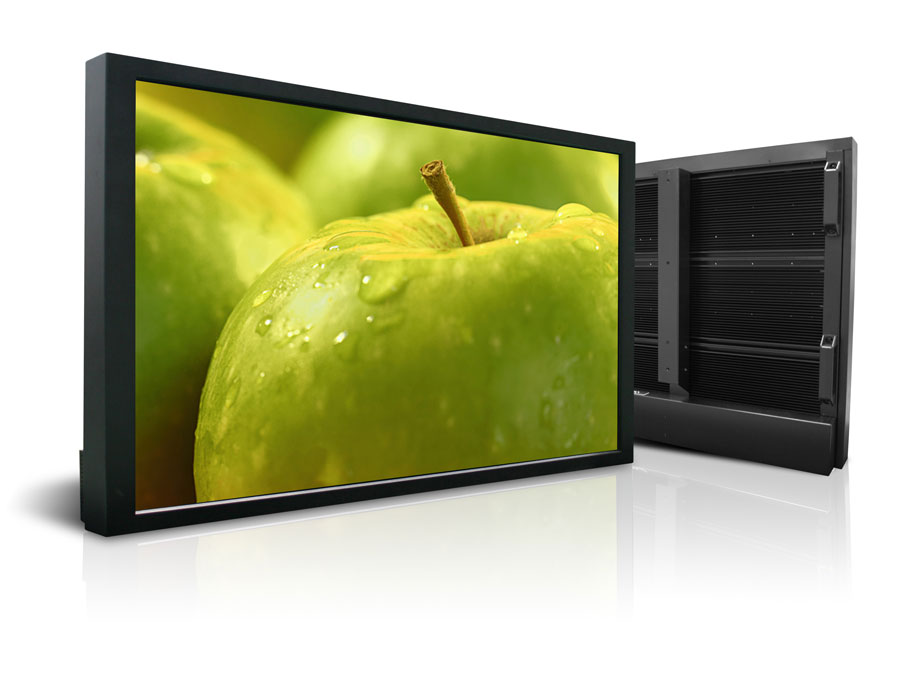
To resolve issues arising from excess heat, DynaScan developed a revolutionary passive cooling system. By adopting a fan-free architecture, the displays were able to function virtually silently, a quality that was particularly beneficial in environments where noise pollution needed to be minimized.
LEADING THE WAY
DynaScan ultra-high-brightness LCDs were quickly viewed as a viable replacement for traditional printed media in window-facing applications. Prominent fashion retailers—such as French Connection—were swift to seize upon the advantages offered by these sunlight-viewable signage solutions and positioned them within the windows of their flagship stores.
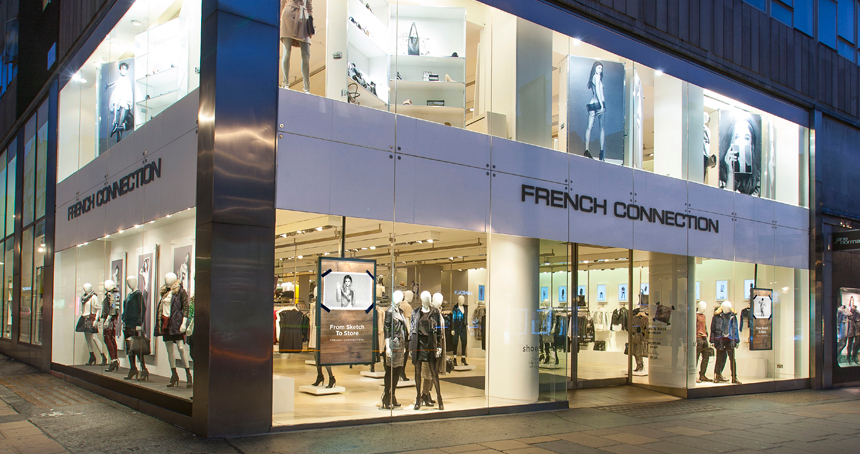
Other industries soon followed suit. Sectors such as retail banking, railway stations, shopping complexes, and out-of-home (OOH) advertising networks quickly leveraged the capabilities of these displays to effectively engage their audiences.
As digital displays quickly proved to be a viable—and preferable—form of in-window advertising, DynaScan transformed into the industry leader within the very sector it had helped to create.
DynaScan continues to develop brighter, more energy-efficient displays as it refines and expands its product portfolio. Its products are also getting smarter, too. The vast majority of models now include integrated media players, offering our users a complete media platform complete with scheduling and network control.
THE GREAT OUTDOORS
DynaScan has not rested on its laurels. We have pushed the boundaries of what was thought possible in LCD technology—achieving brightness levels as high as 7,000 nits—and have since expanded its product portfolio to include models for both indoor and outdoor environments.
Unveiled at Integrated Systems Europe 2017, DynaScan unveiled weatherproof models for outdoor applications. Available in a variety of large-format sizes, the DO Series offers IP-rated weather protection from water and dust, with IK10 vandal resistance. Utilizing DynaScan ultra-high brightness backlight technology, the screens are designed for outdoor applications in direct sunlight.

Soon thereafter, DynaScan introduced its ‘DK’ line of outdoor kiosks—offering robust, all-in-one double-sided, single-sided, and hybrid-digital kiosk solutions that are IP-rated for protection from water and dust and feature IK10 vandal resistance for security and safety.
Today, the DynaScan portfolio of professional LCDs has expanded to include over 22 distinct models—far greater than any other professional display manufacturer. With models ranging from 32 inches to 86 inches, DynaScan has a product for virtually any application.

LOOKING FORWARD
From spinning LEDs to cutting-edge backlights to sunlight-viewable outdoor kiosks, DynaScan displays have been used to educate, inform, and inspire people around the world for over 25 years. It remains committed to the core values that earned it the reputation of a world-class display manufacturer.
With a foundation firmly rooted in our origins as a part of the Chroma Group, DynaScan continues to pioneer new technologies, making significant investments in research, design, and product development, currently holding over 100 patents related to displays and display technologies.
DynaScan is a customer-first organization. It works closely with its clients to develop a deep understanding of their needs and market demands. Not only does this help the company build better products, but it also builds lasting relationships for years to come.
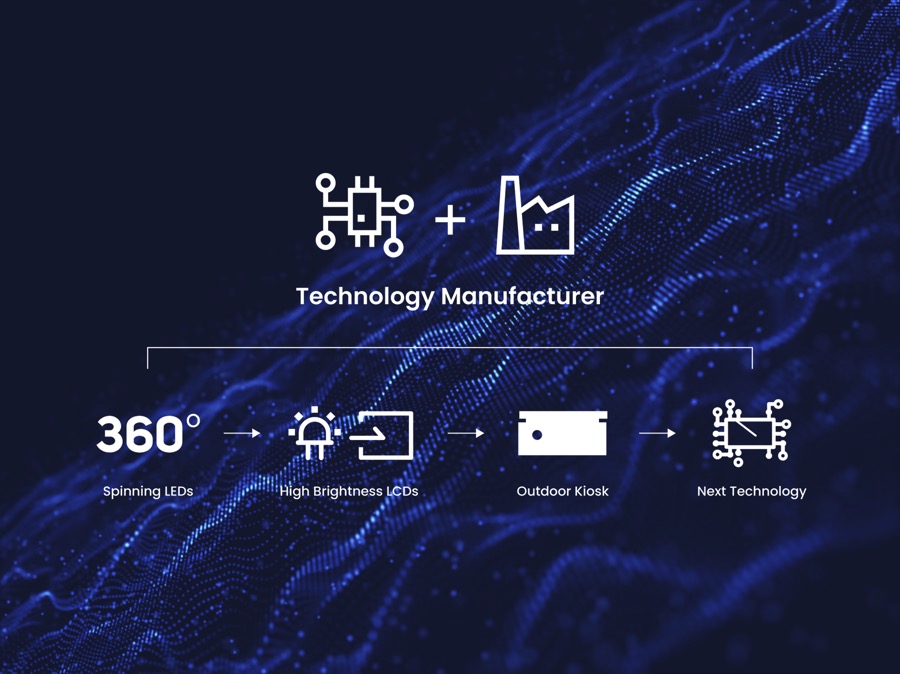
In every aspect of its manufacturing process, ranging from production techniques to our conscientious evaluation of environmental consequences, it adheres to industry best practices.
DynaScan is deeply conscious of the ecological footprint that technology can leave behind, and this realization drives the company to consistently deliver on its commitment to developing products that align with environmentally friendly principles and consume the least power possible.
The future is very bright. DynaScan strives to develop products that are more power efficient while maintaining—or improving upon—the brightness and color quality that sets it apart from the competition.
With an eye on environmental responsibility and sustainability, DynaScan will continue to explore new technologies and invest in R&D and product development to create new solutions to meet the demands of tomorrow.